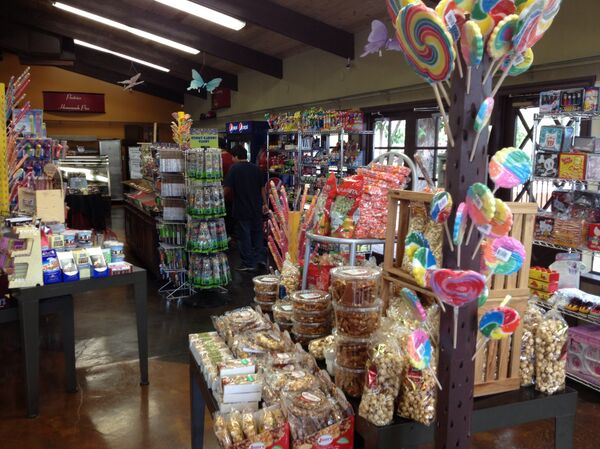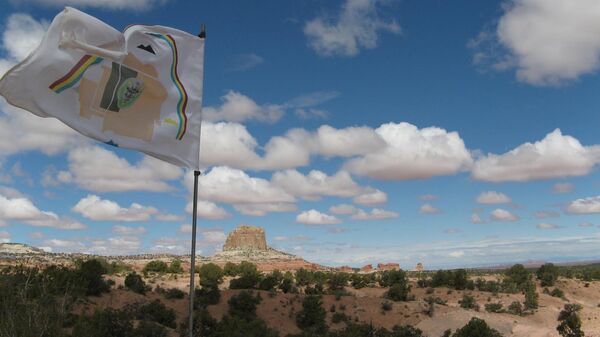With an obesity rate of 10%, the native American-governed territory will be the first of part of the US to charge such a tax, in accordance with the Healthy Dine Nation Act approved by its president Ben Shelly last November.

Navajo leaders plans to use revenues from this tax toward community wellness projects like farmer’s markets, vegetable gardens and greenhouses in the Navajo territories located in Northeastern Arizona, Southeastern Utah and Northwestern New Mexico, Time Magazine reported.
It sounds like a good plan, but residents are worried that such tax will hit one of America’s most depressed economies, where more than 40% of its residents are unemployed, and over 44% of its people over 25 living below the federal poverty line, according to Partners in Health.
"Less money for fruits is nice, but it doesn't even out," one resident said. "For people on a fixed income, we can't afford things to get more expensive."
A limited budget and the availability of few stores leaves tribe members with no choice but to use gas stations and convenience stores as their primary grocers.
For one bag of apples that costs $7 in the area, a customer could buy 30 boxes of Maruchan Ramen Noodles or seven frozen Banquet Value Meals, the LA Times reported.
Others find the new tax pointless, saying it will make no difference in their diet.
"It's not going to do anything except make it more expensive," Preston Yazzie, 20, told the LA Times. "I'll still buy chips or whatever. But maybe it'll help some people."
Around 24,600 Navajo tribe members face obesity, according to the Navajo Area Indian Health Service. And the Indian Health Service (IHS) reported that diabetes prevalence among adult Native Americans has reached 60%.



